Hazardous Conditions to Watch for at a Crash Scene
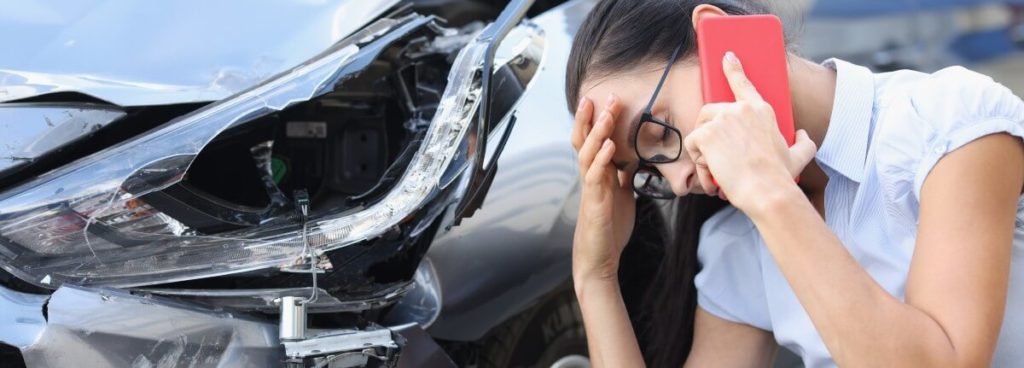
A crash scene can be a hectic and chaotic place with a lot of things going on at once. Crash victims may be confused and unsure about their next steps as they wait for emergency personnel to arrive. Aside from injuries and damages caused by a car crash, there may also be hazardous conditions at the scene.
Our Cleveland vehicle accident lawyers discuss these potential hazards after a car crash in greater detail and how to protect yourself from being further injury until help arrives. This is particularly important if you want to try to collect evidence while you wait for help to arrive. If you have been harmed in a car crash due to another’s negligence, Friedman, Domiano & Smith are here to help.
The initial consultation is free of charge and comes with no obligation to hire our firm. If you have a valid claim and decide to move forward, there are no upfront fees to have us represent you.
Proven Results. Millions Recovered. Ph: 216-621-0070.
Common Hazardous Conditions at Car Crash Scenes
Awareness is important when it comes to safety at crash scenes. Knowing the hazardous conditions that can be present after a car crash can keep you and others around you protected from serious harm.
It can be helpful to collect evidence at the crash scene while waiting for the police to arrive, but you should only do so when it is safe. That is why you need to watch for common crash scene hazards, in addition to the fact you could suffer further injury.
Some of the most common crash scene hazards include:
The Flow of Traffic at the Scene
Traffic can get congested after a car crash. Some drivers may not slow down as they pass the scene while others who drive slower to get a look at what happened could cause another crash. Even if you are physically capable, refrain from exiting your car unless it is unsafe to stay inside. Be sure to check first for oncoming traffic. Do not try and walk across multiple lanes of traffic or a busy highway.
Other Drivers Behaving Aggressively
If you were in a crash involving road rage, the other driver may still be acting aggressively toward you. He or she may shout and swear from his or her car or approach your car and tap on your window to get a response. Refrain from engaging with the aggressive driver and stay in your car until the police arrive.
Scattered Broken Glass and Car Parts
After a car crash, there is often a great amount of debris all over the scene. Much of this debris can come from a broken windshield, busted door glass, or shattered rear glass. This glass can be very sharp and can cause serious harm to you and any passengers in your car. Upon impact, broken glass and even car parts may also fly into the air and strike other drivers, pedestrians and/or bystanders.
Toxic Fumes, Car Fires or Explosions
Toxic fumes and explosions from car fires can make staying in your car extremely dangerous. If you see smoke or smell a strong odor of gasoline, is important to get out of the car as quickly as possible. Be sure to check your surroundings and any oncoming traffic before exiting your car. You will want to maintain a safe distance from the burning car so that you are not injured by a potential explosion.
Blood or Bodily Fluids/Substances
Car crashes involving blood and bodily fluids create a biohazard scene. Making direct contact with blood or other bodily fluids could be harmful to your health. If you check other people’s injuries, do not touch blood with your bare hands.
Poor Lighting at the Crash Scene
Some car crashes can happen in low-light conditions or the late evening in areas with no streetlights. When this happens, it can be difficult to notice a potential hazard. It is important to remain cautious and refrain from making any sudden movements after a car crash. You do not want to further injure yourself by getting your clothing caught on something or getting your skin cut on broken glass. If you are physically capable and it is safe to do so, exit your car and turn on your hazard lights to be seen.
Protecting Yourself from Crash Scene Hazards
The steps you take after a car crash are important. Be sure to stay as calm as you possibly can to help protect yourself and others involved from crash scene hazards. This includes staying at the scene, calling 9-1-1 and seeking medical attention. Emergency dispatch should be provided with the following details:
- Your location – Give details, such as cross streets, landmarks, etc.
- Your phone number – 911 calls made from cellphones are prone to drops, outages, caller-ID confusion, and other wireless phone issues. By providing your phone number the dispatcher can call you back.
- Your emergency – Describe the situation and the number of people/cars involved.
- Condition of others – Let the dispatcher know if you or anyone else is injured and needs care.
It is also important to follow any instructions from the dispatcher. He or she may ask that you render first aid and will talk you through it or ask that you refrain from moving an injured person unless he or she is in immediate danger. Be sure to also stay on the line until the dispatcher tells you to hang up.
Reach Out to Our Firm for a Free Consultation
If you or a loved one has been injured in a car crash due to negligence, you need a reputable lawyer on your side to represent your best interests. Our lawyers at Friedman, Domiano & Smith have many years of experience helping crash victims pursue the maximum compensation possible for their injuries.
Contact us today to set up a risk-free, zero-obligation consultation. There are no upfront fees to use our services. We only get paid if we successfully help you obtain compensation via a settlement or verdict.
Licensed. Local. Lawyers. Call 216-621-0070.
Comments are now closed
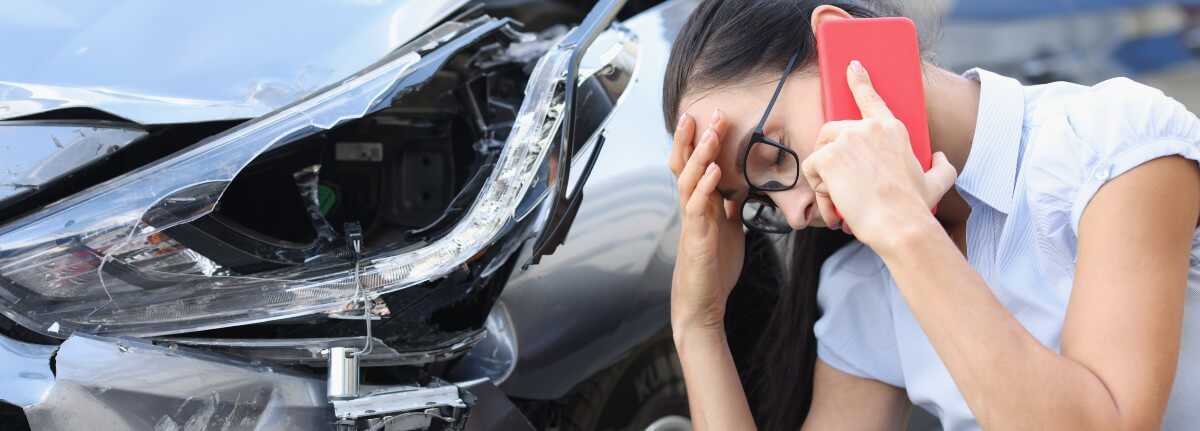
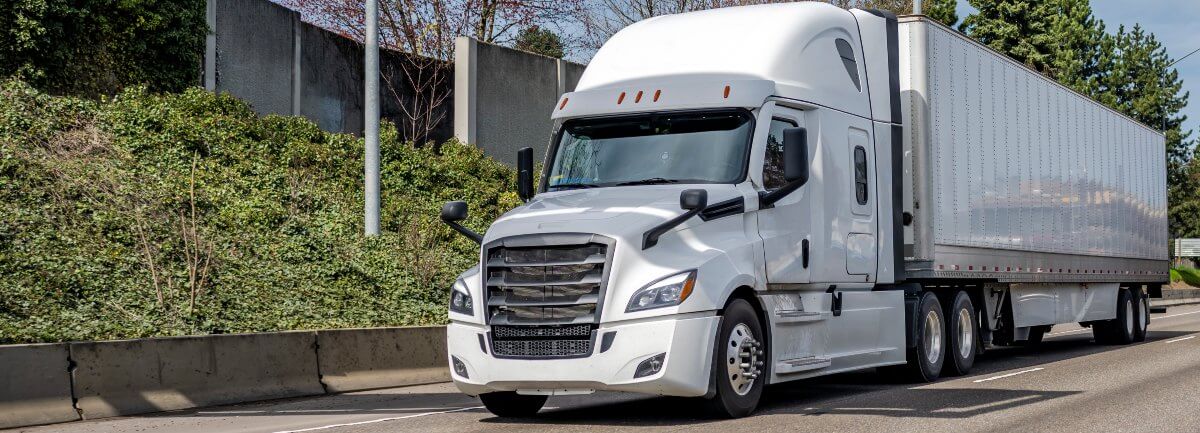
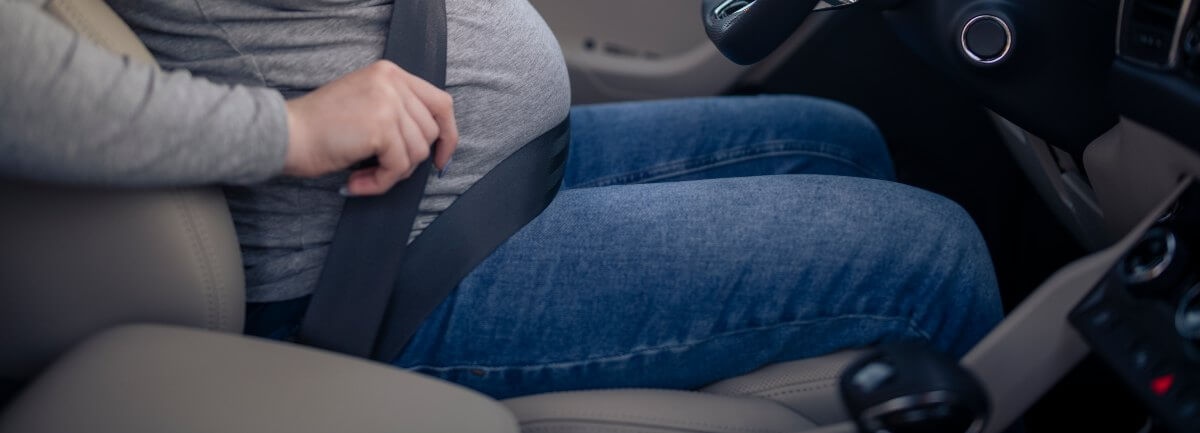
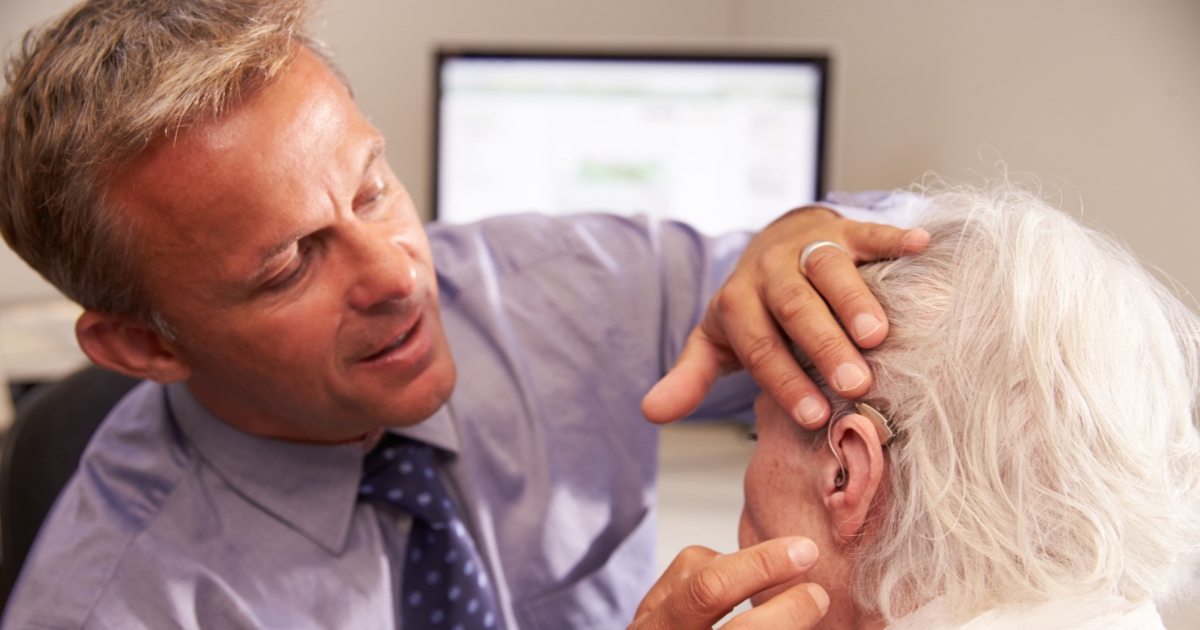
Comments